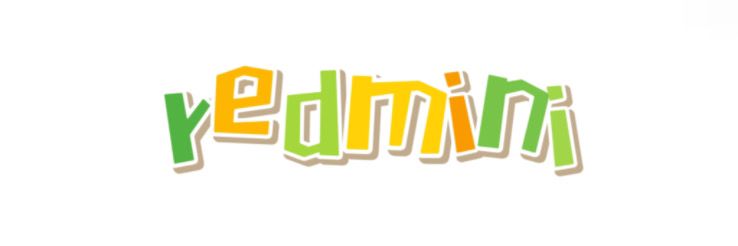Key Considerations for Purchasing SAE 100R13 Hoses
When it comes to purchasing SAE 100R13 hoses, there are several key considerations that can greatly impact the performance, safety, and longevity of your hydraulic systems. Understanding these factors will not only assist you in making informed decisions but also ensure that you choose the right hoses for your specific applications.
Quality and Certification
The quality of the hose is paramount. Look for hoses that conform to industry standards. SAE 100R13 hoses are developed using high-quality materials and manufacturing processes that ensure reliability and performance. Always check for certifications and compliance with ISO or SAE standards to ensure that you are purchasing a product that meets rigorous quality requirements.
Operating Conditions
Consider the environment in which the hoses will be used. The working pressure, temperature range, and fluid compatibility are crucial factors. SAE 100R13 hoses are rated for high-pressure applications, which makes them suitable for heavy-duty machinery and equipment. Understanding your operational conditions will help you select the correct hose construction and materials to avoid premature failure.
Hose Diameter and Length
The diameter and length of the hose should match the requirements of your hydraulic system. A mismatch can result in reduced efficiency or potential hazards. When calculating the size, consider the flow rate and the distance the hydraulic fluid will travel. Ensuring that your hose dimensions align with your system's needs will enhance performance and safety.
Flexibility and Bend Radius
The flexibility of the hose is critical, especially in applications where the hose must maneuver around obstacles or through tight spaces. SAE 100R13 hoses have a specific bend radius that should be adhered to avoid kinking or crushing. Make sure to consult with the manufacturer or reference the product specifications to determine the appropriate bend radius for your applications.
Supplier Reputation and Support
Choose a reputable supplier with a proven track record in providing hydraulic products. Established suppliers often have extensive industry knowledge and can offer valuable insights, recommendations, and support. Look for suppliers who provide comprehensive warranties and after-sales support, ensuring you have assistance should any issues arise with the hose.
Price vs. Value
While pricing is an important factor, it is essential to consider value over cost alone. Investing in high-quality hoses such as sae 100r13 may have a higher upfront cost but can lead to lower maintenance expenses and increased operational lifetimes. Assessing the total cost of ownership rather than just the purchase price can provide a clearer perspective on the best option for your business.
Compatibility with Other Products
If you are using different hydraulic components, ensure that the SAE 100R13 hoses you choose are compatible with your existing system. This includes fittings, connectors, and pumps. Mismatches can lead to leaks and system inefficiencies, so confirm compatibility to maintain optimal performance.
In summary, when purchasing SAE 100R13 hoses, quality, operational environment, size specifications, flexibility, supplier reputation, total value, and compatibility are vital considerations. Making well-informed choices will enhance the efficiency and reliability of your hydraulic systems. For those looking for high-quality hoses, consulting with an expert like an sae100r12 manufacturer can be beneficial, as they can guide you to the right products tailored to your needs. Additionally, exploring options from an en856 4sh manufacturer may also provide alternatives that suit your hydraulic applications.
226
0
0
Share:


Comments
All Comments (0)